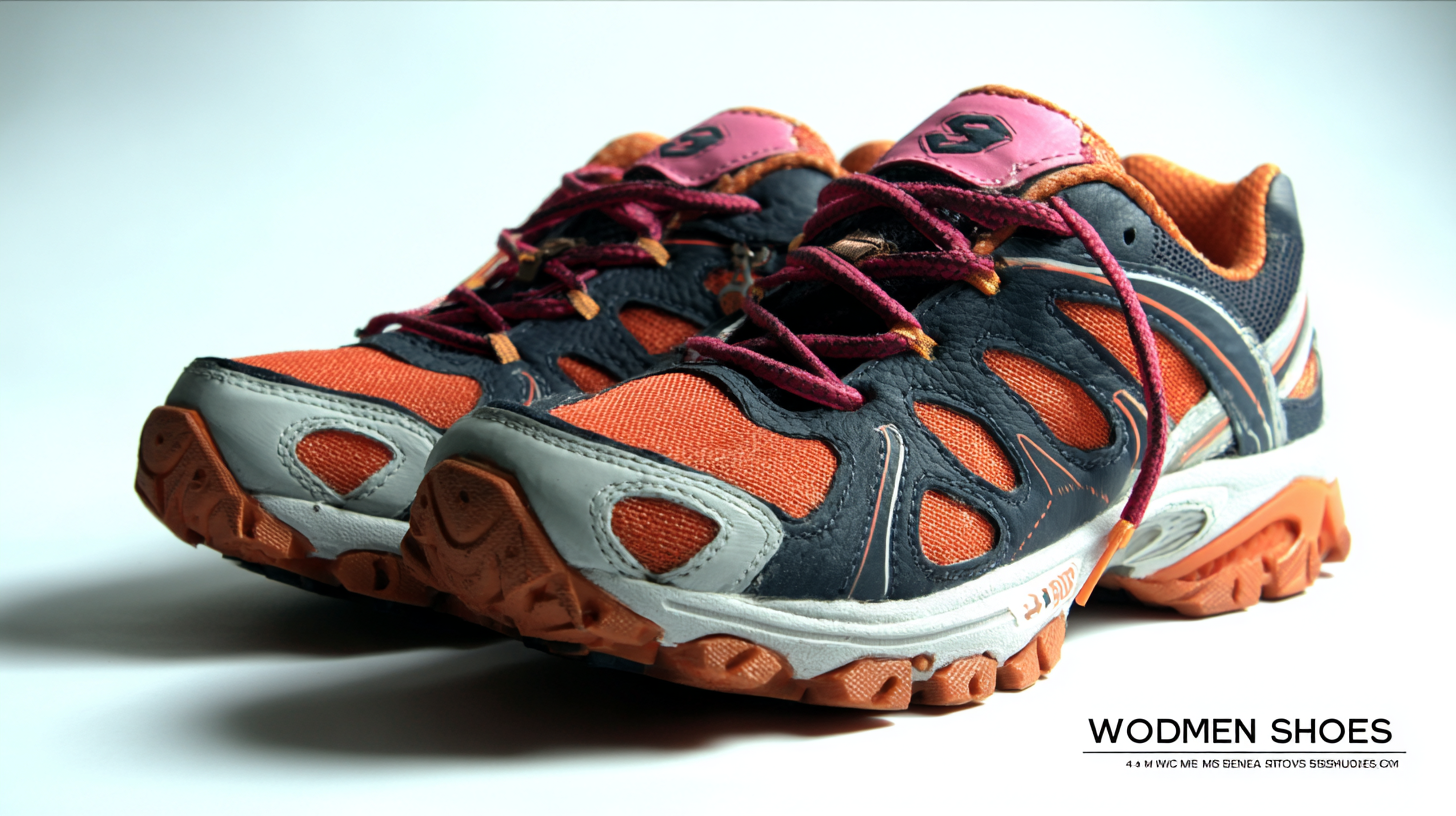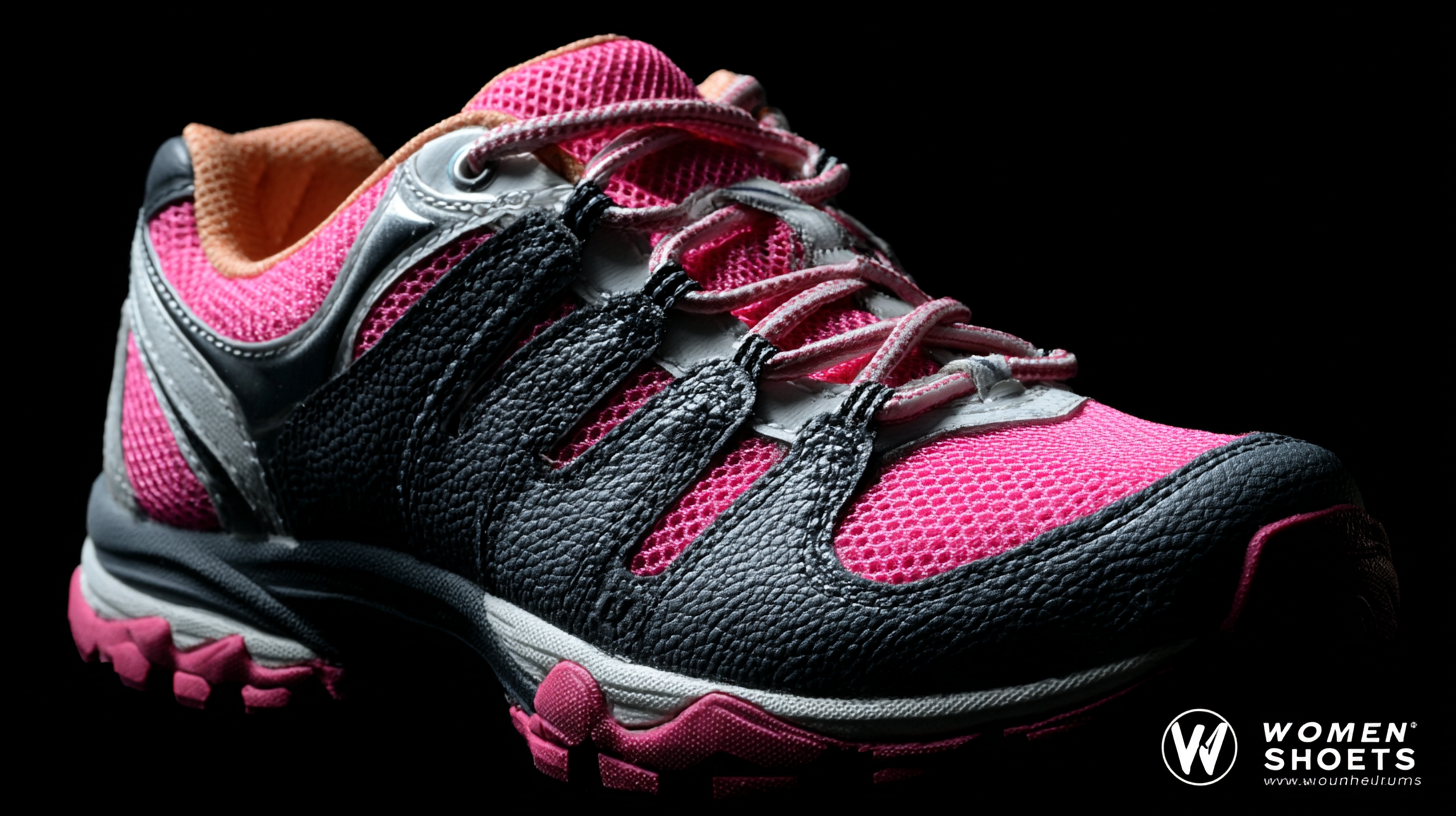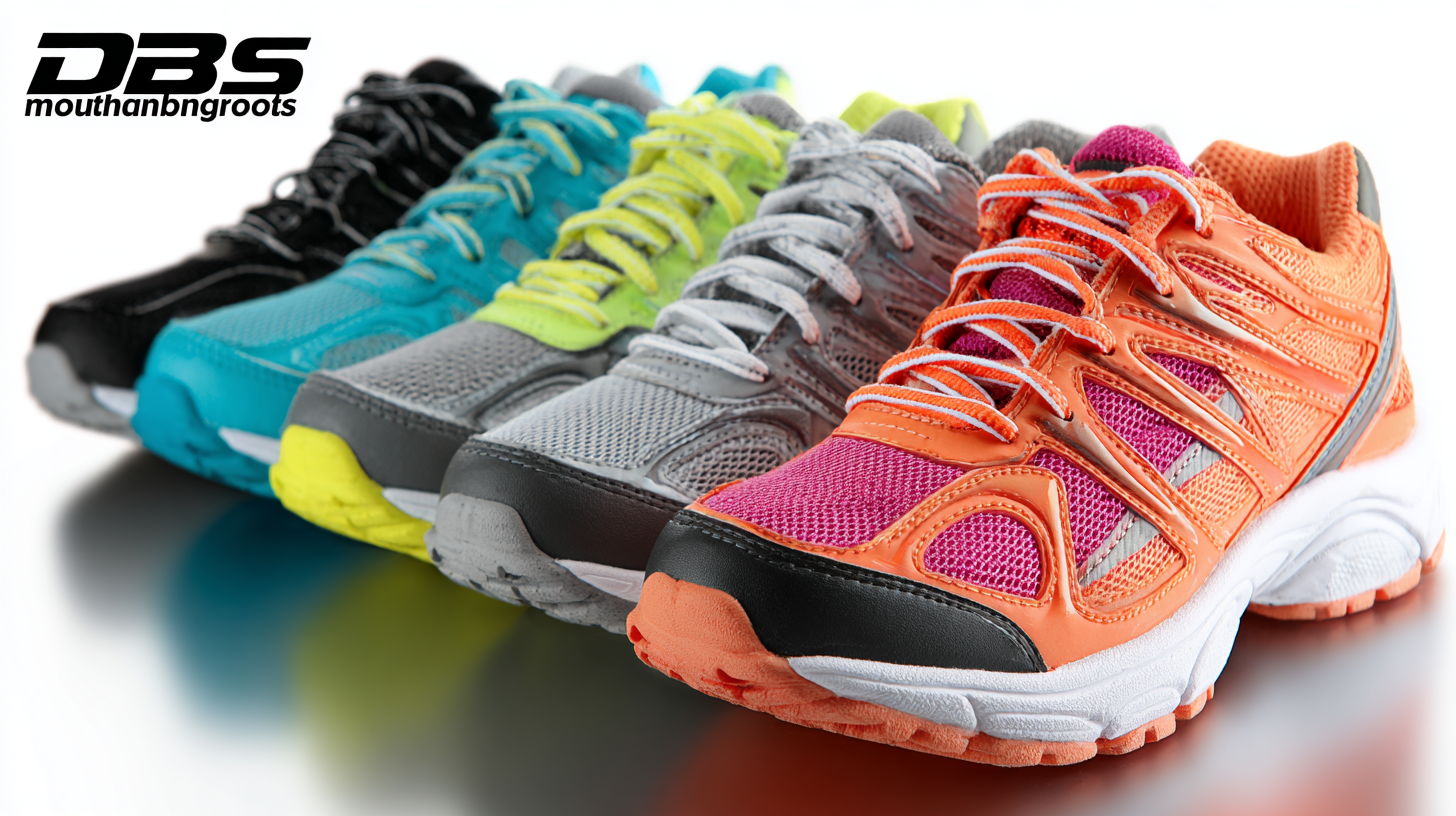Leave Your Message
In the ever-evolving market of women's sports footwear, selecting the right pair of Women Sports Shoes can be a daunting task, especially given the plethora of options available. A recent report by Grand View Research indicated that the global women's athletic footwear market is projected to exceed $64 billion by 2025, demonstrating a robust demand for performance-driven and stylish options.

However, with this growth comes the challenge of distinguishing reliable manufacturers amid a crowded landscape. To make an informed comparison, it's essential to evaluate key factors such as product quality, technological innovations, and brand reputation, as these elements directly influence both performance and consumer satisfaction. This blog aims to equip you with the necessary insights to identify trustworthy manufacturers while navigating the best offerings in women's sports shoes.
When evaluating the manufacturing process for women's sports shoes, it's crucial to consider several factors that directly impact quality and performance. According to a report by Grand View Research, the global athletic footwear market is projected to reach $95.14 billion by 2025, indicating a growing emphasis on quality and manufacturing standards. Reliable manufacturers often adopt advanced technologies such as 3D knitting and automated assembly, ensuring precision and consistency in their products. Additionally, utilizing high-performance materials can significantly enhance durability and comfort, making it imperative to assess the manufacturer’s sourcing practices.
Furthermore, transparency in the supply chain is essential in the evaluation process. Research from the Footwear Distributors and Retailers of America highlights that brands prioritizing sustainable sourcing practices not only contribute to environmental conservation but also improve consumer trust and brand loyalty. Ensuring that manufacturers comply with established quality standards, such as ISO 9001, can further guarantee that the end product meets consumer expectations and industry requirements. By focusing on these manufacturing facets, shoppers can make informed decisions when selecting women's sports shoes that offer the best combination of quality and performance.
When choosing women's sports shoes, understanding the key certifications and standards can significantly impact your decision-making process. Look for certifications such as
ISO 9001, which indicates a commitment to quality management systems. Shoes that have undergone rigorous testing for durability and safety, like the ASTM or SATRA certifications, ensure that they meet high-performance standards. These certifications not only guarantee the shoes are made to last but also that they provide protection and comfort during physical activities.
Tips: Always check the manufacturer's website for certification logos and verify their authenticity. You can also look for reviews or independent testing reports that highlight the shoe’s performance metrics.
Another important aspect is the adherence to environmental standards such as
ISO 14001, which reflects a manufacturer’s commitment to sustainability. Ethical manufacturing practices can lead to higher-quality products, which is particularly crucial in sports footwear that requires both performance and comfort.
Tips: Research brands that prioritize eco-friendly practices, as they often produce shoes with less harmful materials and processes. Engaging with communities or forums focused on sustainable fashion can also provide insights into reputable brands.
When it comes to identifying reliable manufacturers of women's sports shoes, analyzing material quality and performance is crucial. The best brands prioritize the use of high-grade materials that enhance durability, breathability, and overall comfort. For instance, shoes made from lightweight synthetic materials offer both support and flexibility, crucial for activities ranging from running to high-intensity workouts. Brands like Nike and Adidas often employ advanced technologies such as Flyknit and Boost, which not only improve the fit but also provide exceptional energy return during performance.
Performance metrics such as cushioning, traction, and stability should be examined when comparing the leading brands. Look for shoes equipped with specialized outsoles that provide grip on various surfaces, which is essential for both indoor and outdoor activities. Additionally, manufacturers that offer features like arch support and ankle stability tend to cater to a wider range of athletic needs. By focusing on these aspects, you can identify manufacturers that not only deliver quality products but also prioritize the specific requirements of women athletes.
| Shoe Model | Material Type | Weight (grams) | Cushioning Level | Durability Rating (1-5) | Breathability Score (1-10) |
|---|---|---|---|---|---|
| Model A | Synthetic Mesh | 250 | Medium | 4 | 9 |
| Model B | Knitted Fabric | 230 | High | 5 | 8 |
| Model C | Leather/Synthetic | 300 | Low | 3 | 6 |
| Model D | Foam/Composite | 280 | Medium | 4 | 7 |
| Model E | Recycled Material | 240 | High | 5 | 10 |
When searching for reliable manufacturers while comparing the best women’s sports shoes, one of the most effective methods is to delve into customer reviews. These reviews often reveal real experiences and insights about the product's quality, comfort, and durability. Pay attention to recurring themes in reviews, whether positive or negative, as they can guide you in identifying trustworthy brands. For instance, if multiple customers highlight excellent cushioning and support, it’s likely a good indicator of the manufacturer's reliability.

Additionally, assessing return rates can be incredibly telling. Manufacturers with high return rates may indicate issues such as sizing problems or product performance failures. A brand that stands behind their product will often have a streamlined return process, which reflects their confidence in their offerings.
Tips: Look for ratings on trusted retail websites and forums to get an unbiased view. Focus on reviews from verified purchases to ensure authenticity, and take note of any red flags such as repeated complaints about the same issue. Don't forget to check the manufacturer’s policies on returns; a clear, customer-friendly return policy can be a strong sign of a reputable company.
The landscape of women’s sports shoes has evolved dramatically, primarily due to advancements in technology that enhance performance. According to a report by Technavio, the global athletic footwear market is expected to grow at a compound annual growth rate (CAGR) of over 4% from 2021 to 2025. This growth is largely driven by innovations such as lightweight materials and advanced cushioning systems that improve comfort and reduce fatigue during high-intensity activities.

Technological innovations, such as 3D printing and smart textiles, are redefining how women’s sports shoes are designed and manufactured. A study published in the Journal of Sports Sciences indicates that shoes incorporating 3D-printed midsoles have shown to reduce weight by up to 20% compared to traditional foam, while also providing personalized support tailored to individual foot shapes. These innovations not only improve athletic performance but also enhance the overall user experience, making them a pivotal consideration for athletes and casual sports enthusiasts alike. With women increasingly participating in sports and fitness, manufacturers that leverage these technologies are setting themselves apart in a competitive market.
